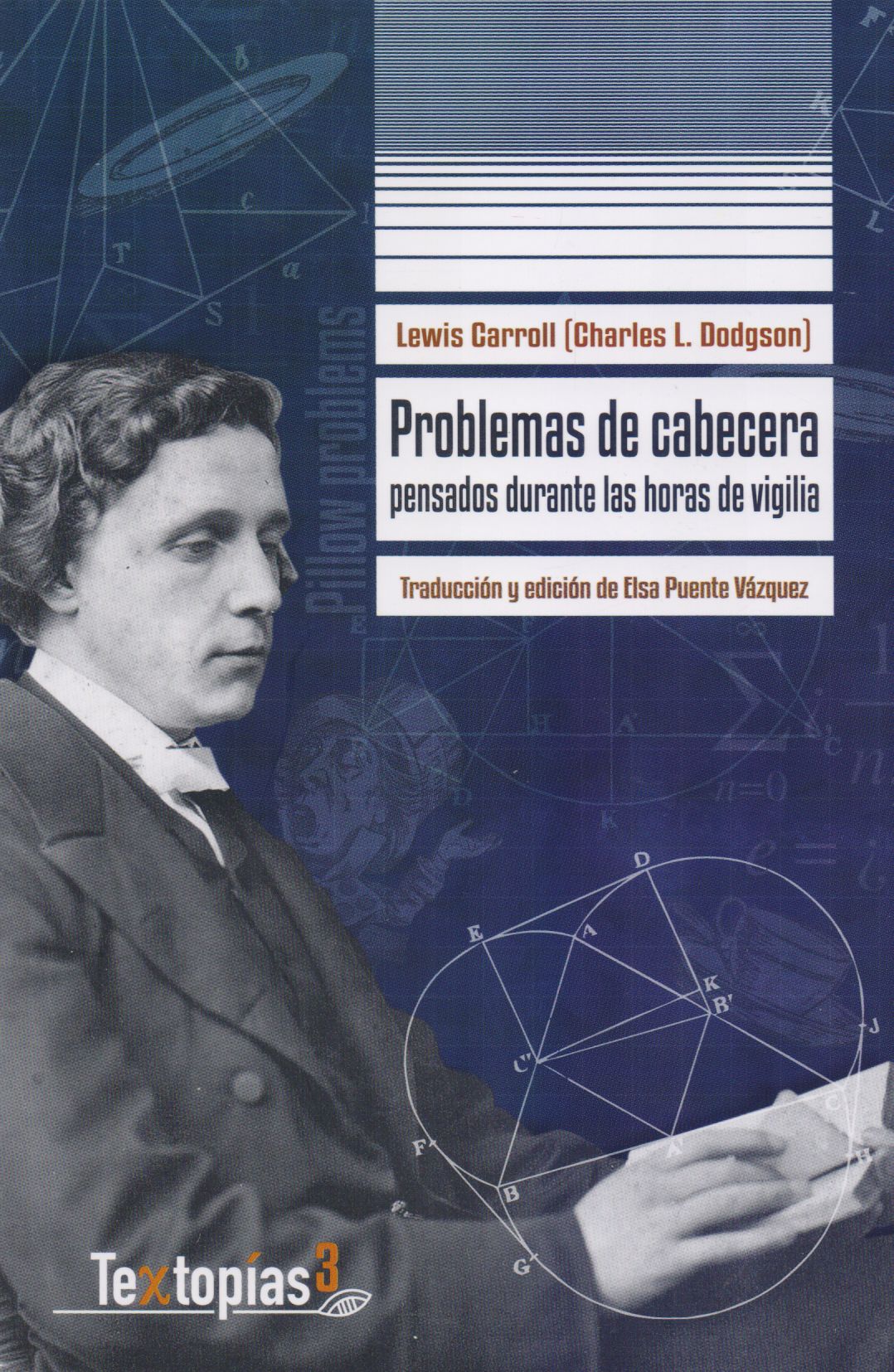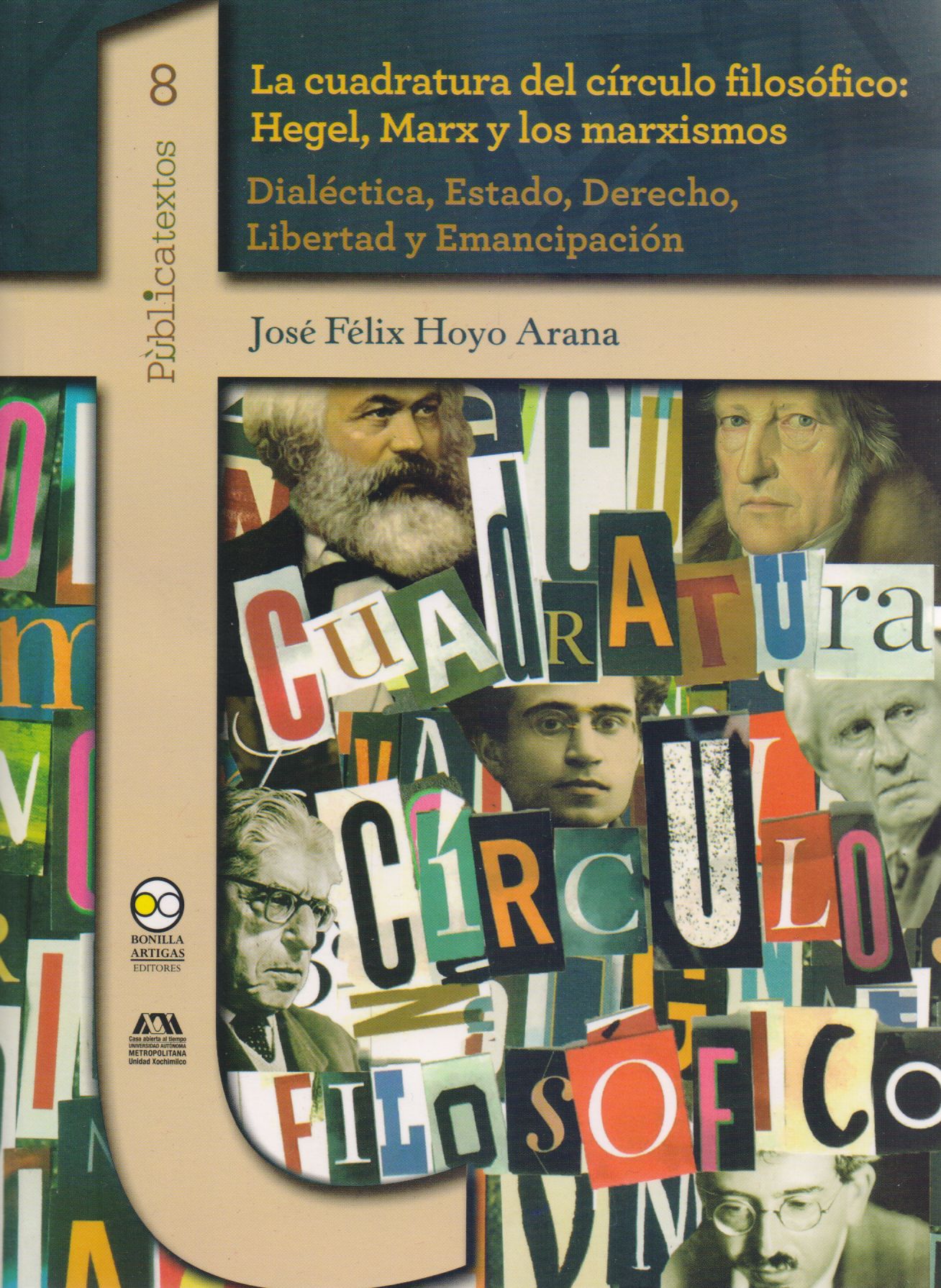Libros relacionados
 |
Problemas de Cabecera: Pensados Durante Horas de Vigilia Carroll, Lewis (Charles L. Dodgson) Bonilla Artigas Editores |
 |
Cuadratura del Círculo Filosófico, La: Hegel, Marx, y los Marxismos Hoyo Arana, José Félix Bonilla Artigas Editores |
 |
Estudios de las Mujeres Hacia el Espacio Comnún Europeo, Los Arriaga Flores, Mercedes / Estévez Saá, José / López Enamora Arcibel Editores |
 |
Genero, Acoso y Salud. Violencia Contra las Mujeres Gómez Terrón, Rafaela / Guerra García, Mónica / Rodíiguez Sa Arcibel Editores |
 |
Entendiendo la Figura de la Académia Mexicana: 4 Relatos de Éxitos y Contencione Castañeda-Mayo, Judith Arcibel Editores |


|
Título: Cosmopolitan Modernisms | |
| Autor: Mercer Kobena | Precio: $448.00 | |
| Editorial: The Mit Press | Año: 2005 | |
| Tema: Estudio, Historia del Arte, Arte | Edición: 1ª | |
| Sinopsis | ISBN: 9780262633215 | |
| This first book in the Annotating Art's Histories series revisits the period in which modernist attitudes took shape, examining the ways in which a shared history of art and ideas was experienced in different nations and cultures. Original essays by leading art historians and curators trace the dynamic interplay of cultures across the story of modern art, looking at moments of crisis and innovation in modernism's cross-cultural past. An account of colonialism and nationalism in Indian art from the 1890s to the 1920s, for example, suggests that cultural identities are constantly modifying one another in the very moment of their encounter and points to primitivism as a counter-discourse to modernism. A collision between modernism and colonialism in the design of a Bauhaus model housing project reveals the volatile conditions of European modernism in the 1930s. Discussions of the abstract painting of Norman Lewis and the collages of Romare Bearden illustrate the conflicted experiences and multiple affiliations of African American artists in the New York art world of the 1940s and 1950s. The first English translation of an influential essay in the Brazilian neoconcrete movement of the 1950s takes up concerns similar to those of North American minimalism in the 1960s. These and the other journeys into modernism's past described in Cosmopolitan Modernisms return to our contemporary moment with questions about modern art and modernity that we are only beginning to ask. | ||
Librería Bonilla SA de CV © Todos los derechos reservados. 2019
Última actualización: Jul 2019




